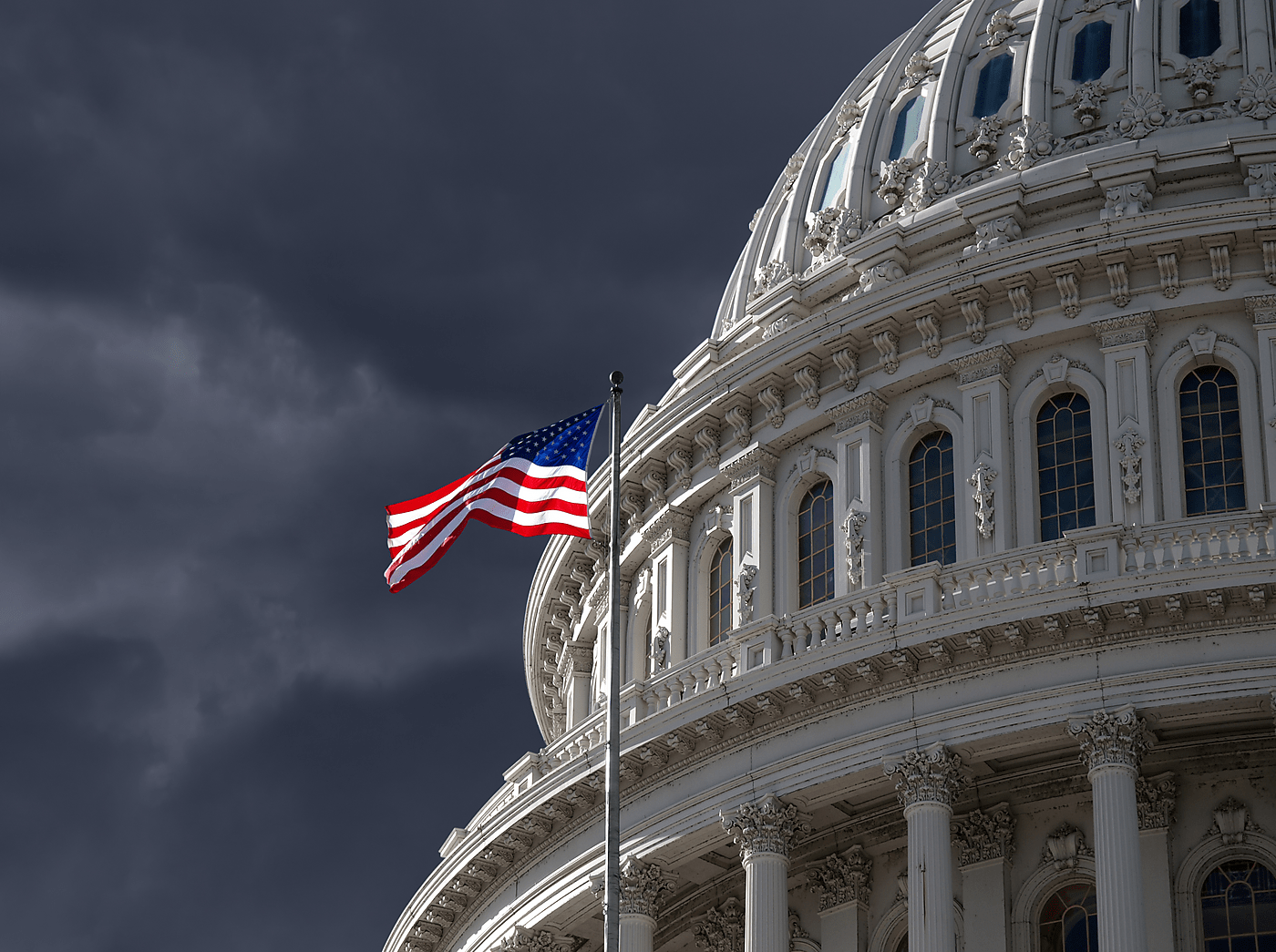
“…in Case of Disagreement between [the House and Senate], with Respect to the Time of Adjournment, [the President] may adjourn them to such Time as he shall think proper.” — Article II, Section 3
The presidential power of adjourning Congress has never been used. There are no precedents and scant commentary about what it means or exactly what triggers it. But now, there is credible consideration of the idea being discussed as part of Trump’s demand for an adjournment to let him use recess appointments to completely bypass the Senate confirmation process. It wouldn’t be the first time the issue has come up, as Trump briefly floated it during his first term, and Speaker Mike Johnson has refused to rule out possible support for the scheme.
It is important, then, for us to quickly get a handle on exactly what this obscure bit of constitutional text means and what it does, and doesn’t, allow the president to do.
The possibility is uncomfortably suggestive of one of the most firmly repudiated ideas in Anglo-American law, the attempt by Charles I to rule without Parliament. That did not end well, to put it mildly, for either side of the dispute or the nation as a whole. It was an example the Framers of the Constitution were very aware of and consciously sought to avoid by explicitly constraining the chief executive’s power to interfere with the legislature.
As Ed Whelan writes at NRO, the basic outline of the idea is as follows: the House (presumably more amenable, though that’s far from certain with a razor-thin Republican majority) would pass a concurrent resolution adjourning Congress, which is the normal procedure. The Senate would not concur. Trump could then cite this as the two chambers being in “disagreement,” and adjourn them to whenever he wants. To allow for recess appointments would require an adjournment of at least ten days. But in theory it could extend nearly an entire year, until the next constitutionally mandated annual convening of Congress on January 3, 2026, per the 20th Amendment.
Would this scenario actually be a “disagreement … with respect to the time of adjournment” as contemplated by the Constitution? It would appear to be so as a practical matter, but I would contend not as a formal procedural posture. In short, the House passing an adjournment resolution while the Senate simply takes no action would not be a disagreement between them. (For clarity, I will assume the scenario of the House trying to adjourn while the Senate opposes it, though the same analysis would apply vice versa).
Disagreement requires conflicting action on the part of both the House and the Senate. They must each pass adjournment resolutions, specifying different proposed dates. This is both a fairer reading of the clause’s plain language and a necessary construction to avoid absurd results. In practice, this means the Senate can prevent a presidential adjournment by not taking any action to officially disagree with the House.
Even in the normal course of business, the two chambers do not act simultaneously. Between an adjournment resolution passing one chamber, some time elapses… minutes, hours, days… before the other chamber can concur. If mere non-action suffices to create a “disagreement,” then the president could intervene during this window any time Congress adjourns. This was plainly not the intent, nor would it be a reasonable definition of the word disagreement.

A disagreement only occurs when one chamber actually expresses its disagreement with the other. This requires action, not simply inaction. It means adopting a conflicting adjournment resolution of its own. Or at the very least, to take a floor vote and affirmatively reject the proposed adjournment resolution, which the Senate has no obligation to do. Until then, the Senate might still agree with the House and has not said otherwise. While the political reality might be apparent, no formal mechanism of disagreement would have been triggered.
Another reasonable argument could also be had if the House wishes to adjourn while the Senate does not wish to adjourn, which is a disagreement over the “time” of adjournment. This qualifier must be read to mean something, under the canon against interpreting constitutional language as mere surplusage. Otherwise, the provision would read disagreement over adjournment and not only over the time of adjournment. The former would not be a conflict over scheduling the action in question, but over whether to do it at all, at any time. Compare the Constitution’s other time-setting powers, for Congress to exercise over presidential and congressional elections, and it becomes obvious that setting a time is something different from deciding whether to ever do the thing in question.
More to the point, what happens if the president plus the House purports to adjourn Congress but the Senate does not accept this as valid? Either on one of these interpretations or some other, such as the idea that presidential adjournment only applies to special sessions called by the president, as suggested by my colleague Thomas Berry. Other theories would involve the interaction between dates set by statute and adjournment by non-statutory mechanisms, distinctions between the power to adjourn both houses of Congress as opposed to adjourning only one of them, or arguments over who has the power to re-convene the Senate and on what authority.
At this point, the correct course of action would be for the Senate to simply continue to meet at its previously appointed times and conduct business. A majority would still constitute a quorum. If the president’s proclamation of adjournment is null and void, there is no way for the Senate to assert that position other than treating it as a nullity, an act with no more force than if you or I tried to adjourn Congress.
This scenario would be well into a full-blown constitutional crisis, to be sure, a Senate whose very existence is denied by the president and the House. Vice President Vance, as president of the Senate, could show up in person at the Capitol and repeat the position that the body is adjourned. However, this quickly becomes a rather absurd contradiction: if the Senate is not in session, there is nothing for the Vice President to preside over. Claiming the gavel would be conceding the point. And if he declines to claim his constitutional power to preside, the job would pass per the normal rules of the Senate to the president pro tempore or their designee.
All of this so far offers little opportunity for direct judicial intervention, any clear path for anybody with standing to present a justiciable case. But since the whole goal of the exercise would be for Trump to make recess appointments to the executive branch, this would squarely tee up a challenge in line with NLRB v. Canning to the legitimacy of those appointments, by anybody affected by their purported actions. And though Canning was not directly about the presidential adjournment power, it does stand for the general proposition that the Senate is in session when the Senate says it is in session. This follows from the fact that each house has the power to determine the rules of its proceedings, including deciding disputes over those rules. If the court were to either reject or validate the claimed recess appointments, that would effectively decide the underlying issue.
All this may well be moot, and we can certainly hope it remains theoretical. The White House could back away from the idea of trying to adjourn Congress. As few as two or three Republican defectors in the House could deny the needed majority there, so there would be no basis to claim disagreement between the houses. The Senate may proceed to confirm most if not all of Trump’s Cabinet nominees, with the demand for recess appointments falling by the wayside as a consequence. Or the Senate could hold firm and reject nominees, defending its constitutional prerogative.
But if the presidential adjournment power is invoked, it should be recognized as not just a serious, norm-defying abuse of a procedurally valid constitutional power. Instead, it would be unconstitutional. The Senate would have firm grounds to ignore it, and the Supreme Court could reasonably agree.



























